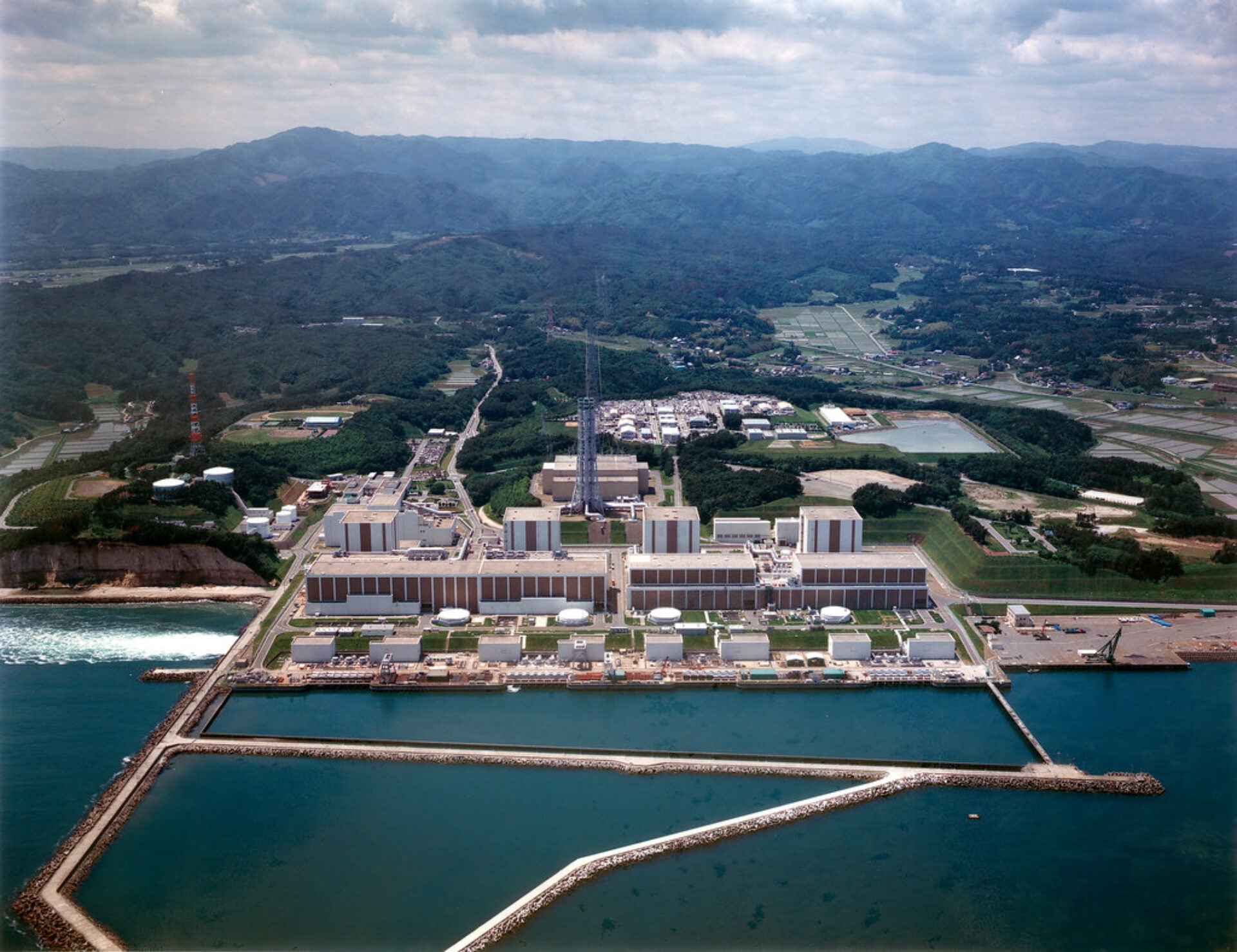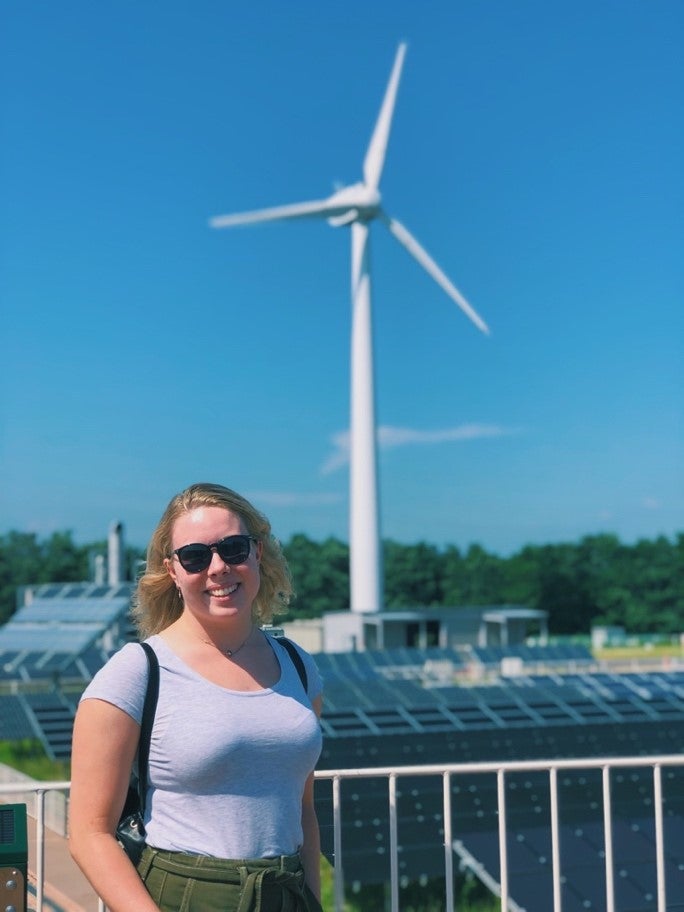
The Real Fukushima: Exploring Fukushima with The Green Program
The Fukushima nuclear disaster changed Japan's energy landscape and relationship to nuclear power. Through the GREEN Program, students are given the opportunity to learn on the ground about rebuilding efforts and the future of energy in the region.
On March 11, 2011, a massive 15-meter tsunami hit the coast of Japan. One of the locations hit by this tsunami was the Fukushima Daiichi Nuclear Power Plant, the site of the now infamous nuclear disaster. With the help of the Kleinman Center, I was able to spend ten days in Fukushima with The GREEN Program learning about clean-up efforts and how the disaster affected the energy landscape in Japan.
More than eight years later, contamination is still a huge issue in the Fukushima region. Following the disaster, the Japanese people became paranoid about their exposure to radiation. Even today, there is still a stigma against Fukushima.
Even though the majority of the region is safe now, it’s still thought of as being widely contaminated. The Japanese government has gone to great lengths to ensure that Fukushima is safe. When I toured the exclusion zone, we had four different meters measuring our radiation dose.
One of the biggest contamination issues the Japanese government is dealing with is the region’s soil. Topsoil and vegetation absorb and contain radiation. To expedite the process of allowing people to return to their homes, contaminated topsoil across the region has been removed and temporarily stored in millions of bags. However, there is no permanent solution for this soil.

One of the ideas the government is pushing for is a permanent underground storage facility. But sighting such a facility is an issue. No residents will consent to having nuclear waste stored near their home. In the gridlock of the situation, there is nothing else the government can do other than continue to bag the soil and store it in large temporary containment sites.
Fukushima has had a huge impact on Japan’s energy policy. Prior to this disaster, 30% of Japan’s power was supplied by nuclear. The country temporarily shut down all nuclear reactors but has opened up a few over the years. Now, only nine of the 42 reactors are still in operation. With this loss of energy supply, Japan has resorted to importing fossil fuels to meet most of its energy demands. Seeing a carbon-free source of energy being replaced with fossil fuels is not desirable.
Fortunately, there is some hope for Japan’s energy supply. In the wake of the disaster, Fukushima prefecture pledged to have 100% of its energy demands met by renewables by 2040. Traveling around Fukushima, it was incredibly common to see small solar farms on rooves or in people’s yards.
A volcanic country, Japan has extensive geothermal reserves and the government is making it a priority to expand geothermal power generation. Wind is also an area of interest, but with steep mountainous terrain, onshore wind resources are not ideal. Many facilities across the country are looking into offshore wind generation, which has the potential to supply a large portion of Japan’s energy.

Founded in 2014, Fukushima Renewable Energy Institute (FREA) aims to be a world leader in renewable energy research. I had the opportunity to tour the research center which is equipped with two solar farms, a windmill, and a hydrogen gas turbine to demonstrate the viability of these technologies.
The center puts an emphasis on the technologies needed to deal with a high penetration of renewables. Intermittency, cost, and regional variations in capacity are all factors that need to be taken into account when planning for a future where the energy market is dominated by renewables. FREA doesn’t treat any one renewable energy source as an individual solution, rather everything they research is intertwined to be able to produce the most efficient renewable energy supply.
Despite the turmoil, I have never met anyone prouder of their home than the residents of Fukushima. It still may not be the most accessible tourist destination, but many people are working hard to revitalize the area. Fukushima is a very unique place and, while the scars of disaster are still visible, people are passionately moving forward, trying to rebuild their home one step at a time.
Do you have an energy idea you want funded? Learn more about our student grants that make opportunities like this possible.
Andie Meyers
School of Engineering and Applied ScienceAnderson Myers is an electrical engineering student in the School of Engineering and Applied Science at the University of Pennsylvania.

